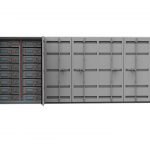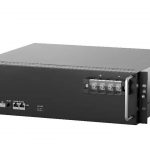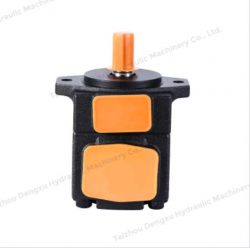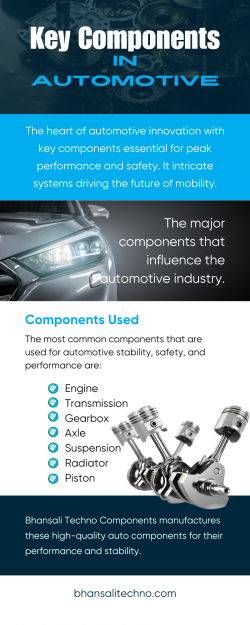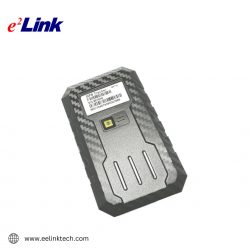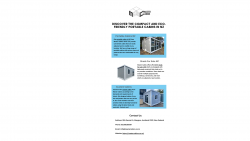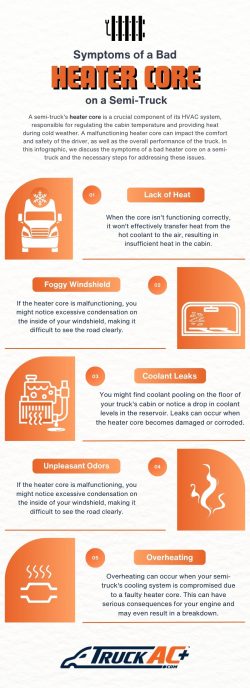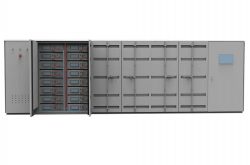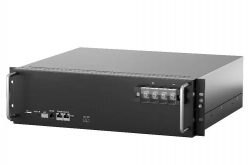Products
Battery storage energy system from FPR
FPR leads in energy storage innovation, offering cutting-edge solutions. Proudly showcasing our unique energy storage container design expertise and our exceptional research team’s capabilities. Tailored solutions, safety, and sustainability define our design, while our researchers drive technology and sustainability forward.
Why Do We Choose BESS Products from FPR New Energy?
Our research and development team boasts 11 years of industry experience and consists of 300 seasoned R & D engineers. They possess not only extensive technical expertise but also remarkable innovation capabilities. This team is dedicated to enhancing energy efficiency, pushing the boundaries of new energy products through innovative engineering technologies, intelligent systems, and high-efficiency solutions.
bess battery production line
FPR aims to provide renewable energy while emphasizing the enhancement of energy efficiency. Our new energy products are designed to be more efficient and reliable energy solutions, catering to the ever-growing energy demands of today. By optimizing energy utilization, we assist clients in reducing energy costs, minimizing waste, and achieving greater returns both economically and environmentally.
Advantages of bess battery system
Sustainability and Environmental Friendliness: Energy storage companies are committed to providing eco-friendly and sustainable energy solutions. This sustainability makes them highly regarded, especially in the face of increasingly stringent environmental regulations, helping to reduce carbon footprints and dependence on finite natural resources.
2
Efficiency and Cost Savings: Energy storage technologies offer efficient energy storage and release mechanisms, which reduce energy waste and costs. This provides significant economic and energy benefits to customers, making them competitive in a fierce market.
3
Flexibility and Demand Response: Energy bess system are highly flexible and can be adjusted to match fluctuations in energy demand. This flexibility allows energy storage companies to better adapt to evolving market and customer needs, ensuring reliable energy supply.
How Do Battery Storage System Work?
1
Charging: When excess electricity is available, such as from a renewable energy source like solar panels or during periods of low electricity demand, the battery storage system begins the charging process. The electricity is directed to the battery cells, where it is converted into chemical energy through electrochemical reactions.
2
Battery Cells: Battery cells are the fundamental units that store electrical energy in the form of chemical energy. Common types of batteries used in energy storage systems include lithium-ion, lead-acid, and flow batteries. In lithium-ion batteries, for example, lithium ions move from the negative electrode (anode) to the positive electrode (cathode) during charging.
3
Battery Cells: Battery cells are the fundamental units that store electrical energy in the form of chemical energy. Common types of batteries used in energy storage systems include lithium-ion, lead-acid, and flow batteries. In lithium-ion batteries, for example, lithium ions move from the negative electrode (anode) to the positive electrode (cathode) during charging.
4
Inverter: The inverter is a crucial component that converts the direct current (DC) stored in the battery into alternating current (AC) for use in homes, businesses, or the electrical grid. It also plays a role during charging, converting AC from the grid or renewable sources into DC for storage in the battery.
5
Discharging: When electricity is needed, such as during periods of high demand or when renewable energy generation is low, the battery storage system begins the discharging process. The chemical energy stored in the battery cells is converted back into electrical energy, and the inverter transforms it into AC for use.
6
Power Distribution: The electricity generated during discharging can be used to power homes, businesses, or be fed back into the electrical grid. Advanced battery storage systems may have additional features such as grid services, allowing them to provide ancillary services to the grid, stabilize voltage, and enhance grid reliability.



